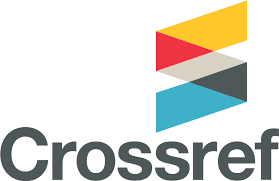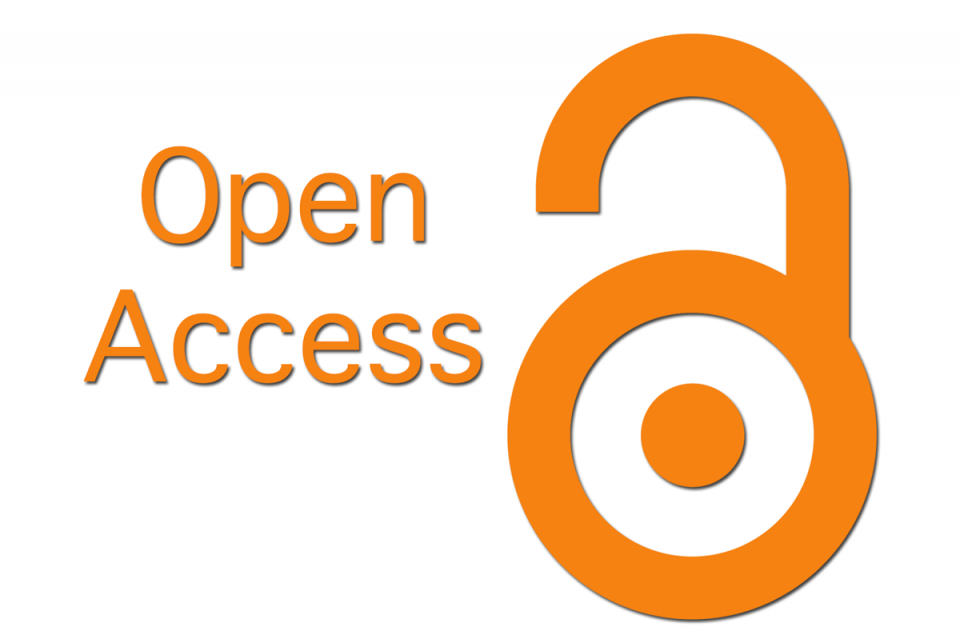НЕКОТОРЫЕ ОСОБЕННОСТИ ДОПРОСА В СУДЕ С УЧАСТИЕМ ПРИСЯЖНЫХ ЗАСЕДАТЕЛЕЙ С ТОЧКИ ЗРЕНИЯ ЮРИСЛИНГВИСТИКИ
Аннотация
В статье обосновывается необходимость уяснения положений уголовно-процессуального закона с точки зрения юрислингвистики, а также адаптации правовых терминов и действий для обычных граждан, которыми являются присяжные заседатели, в том числе при постановке вопросов при допросе и для вынесения вердикта.
Для решения этой проблемы предлагается обеспечить сочетание дискреционных полномочий судьи по формулированию вопросов с предоставлением сторонам возможности ознакомления с письменными вопросами присяжных заседателей, а также возможности возражения в случае необоснованного их отведения председательствующим судьей. Кроме того, требуется уточнение требований к содержанию напутственного слова председательствующего и предоставление присяжным заседателям решения единственного вопроса о виновности либо невиновности подсудимого.
Скачивания
Metrics
Литература
Архив Ленинградского областного суда, уголовные дела №2-8/18, 2-32/18, 2-5/2019.
Бабенко Г. Большой толковый словарь русских существительных. URL: https://noun_ru.academic.ru/5813/напоминание (дата обращения 26.11.2018).
Галяшина Е.И. Феномен судебного речеведения: Наука - экспертиза – обучение // Вестник Университета имени О.Е. Кутафина. 2015. №12.
Дубровская Т.В. Судья: речевое поведение в судебном дискурсе // Дискурс-Пи, 2016. №1.
Казанцев С.М. Суд присяжных в России: Громкие уголовные процессы 1864-1917 гг. СПб., 1991.
Обзор по делам, рассмотренными судами с участием присяжных заседателей в 2003 году, утвержденного Судебной коллегией по уголовным делам ВС РФ 01.06.2004 г. URL: http://ппвс.рф/2004/obzor-sudebnoy-praktiki-vs-rf/2004.06.01-prisyajnye.html (дата обращения 26.11.2018).
Первый постсоветский суд присяжных. URL: https://pravo.ru/process/view/24686/ (дата обращения 26.11.2018).
Петухов Е.Н. Коррекционное толкование отдельных положений уголовно-процессуального закона как средство уяснения их точного смысла и правильного применения // Юрислингвистика, 2016. № 5.
References
Arkhiv Leningradskogo oblastnogo suda. (2019). Ugolovnye dela 2-8/18, 2-32/18, and 2-5/2019 (in Russian).
Babenko G. Bol'shoi tolkovyi slovar' russkikh sushchestvitel'nykh. (2009). Available from: https://noun_ru.academic.ru/5813/напоминание (in Russian).
Dubrovskaya, T.V. (2016). Judge: speech behavior in judicial discourse [Sud'ya: rechevoe povedenie v sudebnom diskurse]. Diskurs-Pi – Discourse P, 1 (in Russian).
First Post-Soviet jury trial. (2018). [Pervyj postsovetskij sud prisyazhnyh]. Available from: https://pravo.ru/process/view/24686/ (in Russian).
Galyashina, E.I. (2015). The phenomenon of judicial speech: Science-expertise-training [Fenomen sudebnogo rechevedeniya: Nauka-ehkspertiza–obuchenie]. Vestnik Universiteta imeni O.E. Kutafina – Bulletin of the University of O.E. Kutafin, 12 (in Russian).
Kazancev, S.M. (1991). Jury trial in Russia: high-Profile criminal trials of 1864-1917 [Sud prisyazhnyh v Rossii: Gromkie ugolovnye processy 1864-1917]. Saint Petersburg (in Russian).
Obzor po delam, rassmotrennymi sudami s uchastiem prisyazhnykh zasedatelei v 2003 godu. (2004). Sudebnaya kollegiya po ugolovnym delam VS RF 01.06.2004. Available from: http://ppvs.rf/2004/obzor-sudebnoy-praktiki-vs-rf/2004.06.01-prisyajnye.html/ (in Russian)
Petuhov, E.N. (2016). Correctional interpretation of certain provisions of the criminal procedure law as a means of understanding their exact meaning and correct application [Korrekcionnoe tolkovanie otdel'nyh polozhenij ugolovno-processual'nogo zakona kak sredstvo uyasneniya ih tochnogo smysla i pravil'nogo primeneniya]. Yurislingvistika – Legal linguistics, 5 (in Russian).
Copyright (c) 2019 Evgenia Zeidlits

Это произведение доступно по лицензии Creative Commons «Attribution» («Атрибуция») 4.0 Всемирная.
Авторы, которые публикуются в данном журнале, соглашаются со следующими условиями:
1. Авторы сохраняют за собой авторские права на работу и передают журналу право первой публикации вместе с работой, одновременно лицензируя ее на условиях Creative Commons Attribution License, которая позволяет другим распространять данную работу с обязательным указанием авторства данной работы и ссылкой на оригинальную публикацию в этом журнале.
2. Авторы сохраняют право заключать отдельные, дополнительные контрактные соглашения на неэксклюзивное распространение версии работы, опубликованной этим журналом (например, разместить ее в университетском хранилище или опубликовать ее в книге), со ссылкой на оригинальную публикацию в этом журнале.
3. Авторам разрешается размещать их работу в сети Интернет (например, в университетском хранилище или на их персональном веб-сайте) до и во время процесса рассмотрения ее данным журналом, так как это может привести к продуктивному обсуждению, а также к большему количеству ссылок на данную опубликованную работу (Смотри The Effect of Open Access).










